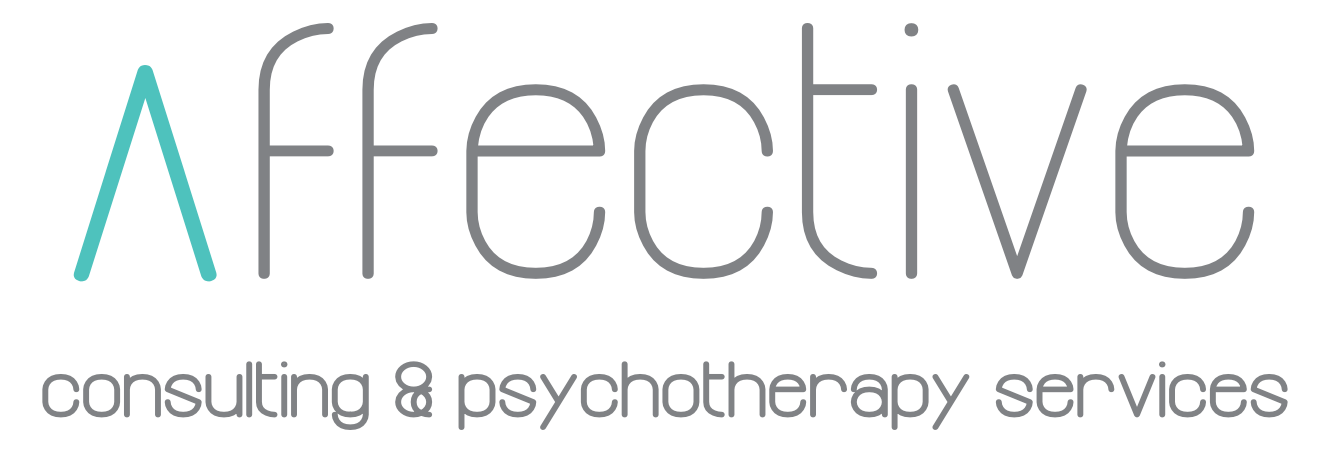interventions - theory Modules & Learning Outcomes
Cultural Safety and Countertransference
Discuss the common desire to work in a community to which you belong
Explore the concepts of cultural and emotional safety – where they originate and how they get taken up
Examine case scenarios where practitioners experience strong reactions toward their clients where they have a similar history or shared community
Consider what the practitioner needs to be aware of to take care of themselves and optimally care for the client (reflections useful for the practitioner and clinical supervisor)
Tensions in Anti-Oppressive and Psychodynamic Theories
Discuss the current context of graduate training programs in Canada
Explore the following concepts as they relate to each modality: accessibility, therapeutic frame, history-taking, client advocacy, countertransference, self-reflexivity, enactments, projective identification, self-disclosure, transference, and termination
Consider ways to integrate these two invaluable theoretical approaches into therapy and supervision
On Being a Politicized Practitioner in The Therapeutic Space
Answer "Should therapy be political?" and "Is neutrality important?"
Examine case scenarios where sessions quickly veer into the political realm
Discuss what it means when a client brings politics into a counselling session or meeting
Consider who gets triggered around political issues and how to manage this
Reflect on the benefits and hesitations of self-disclosure around social location
Psychodynamic Practice, Introductory Concepts
Explore common misconceptions and biases around psychoanalytic practice
Conceptualize what contemporary psychodynamic therapy looks like
Examine the following core concepts: unconscious process, therapeutic frame, defenses, transference, and countertransference
Consider the importance of family history during the assessment stage of therapy
Reflect on what it means to be culturally competent when assessing family of origin stories
Discuss defense mechanisms with in-depth clinical examples
Sex Therapy 101
Review sexual disorders from the DSM
Consider the use of specifiers and the utility of V codes in an assessment
Examine the use of narratives in sexual history-taking
Distinguish between desire and willingness models
Explore treatment approaches for sexual interest, arousal, orgasmic, and pain experiences
Discuss cognitive, behavioural, and embodied approaches
Fear & Fluid(ity)
Consider the symbolic and metaphoric connections between bodily fluid, gender fluidity, and "interpersonal fluidity."
Explore our experiences of fear, disgust and shame in the context of bodily fluids
Discuss how a desire to contain fluids' spills over' into a social containment of interracial relationships and gender expression
When Curiosity Sends the Wrong Message:
Exploring Therapist Bias
Present a basic framework that defines anti-oppression, privilege, and oppression
Explore cases where microaggressions reflect therapist bias
Examine specific ways racism, homophobia, and ableism affect the therapeutic alliance and influence the outcomes of therapy
Discuss the potential consequences of bias (i.e. misdiagnosis, underdiagnosis, hospitalization, stigma/shame, victim blaming)
Reflections on Ethical Issues in Clinical Social Work Practice
Explore practice experiences related to documentation, dual relationships, source of private practice referrals, boundary maintenance, unexamined reactions to clients, duty to report, and working within a circle of care
Discuss case scenarios and specific ethical questions related to the identified domains
